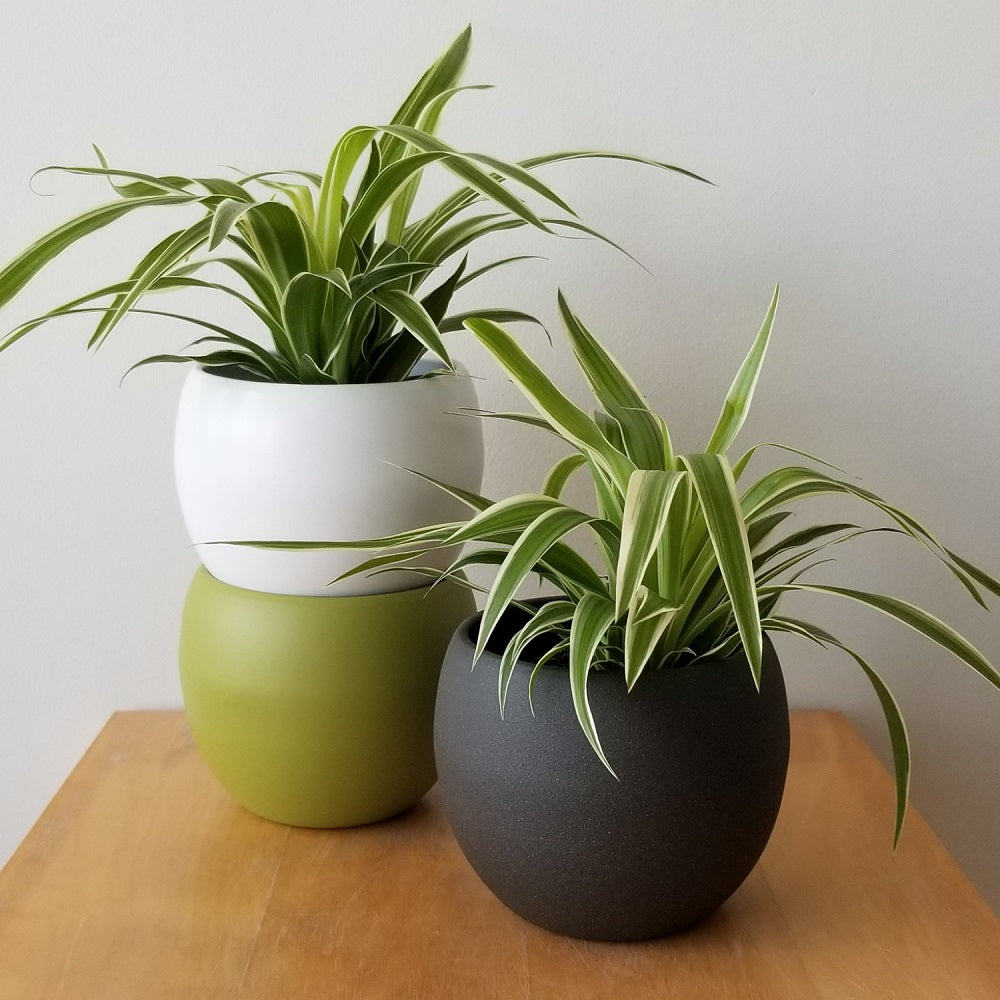
A Comprehensive Guide to Taking Care of Bird of Paradise White Indoors
Bird of Paradise White (Strelitzia nicolai) is a stunning tropical plant with large, white and blue flowers that resemble the shape of a bird in flight. Due to its exotic appearance and elegant foliage, it has become a popular choice for indoor gardening enthusiasts. However, proper care is essential to ensure that this beautiful plant thrives in an indoor environment. In this comprehensive guide, we will explore the key aspects of caring for Bird of Paradise White indoors, including choosing the right spot, watering and humidity, fertilizing and pruning, as well as common pests and diseases.
Choosing the Right Spot
Selecting the ideal spot for your Bird of Paradise White is crucial for its overall growth and development. Here are some important tips to consider when choosing a location for your plant:
-
Light Requirements: Bird of Paradise White plants thrive in bright, indirect light. Place your plant near a north- or east-facing window to ensure it receives ample sunlight throughout the day. Avoid placing it in direct sunlight as it can scorch the leaves.
-
Temperature: This tropical plant prefers temperatures between 65°F and 80°F (18°C and 27°C). Avoid exposing it to extreme temperatures, drafts, or cold air from air conditioning units.
-
Space: Bird of Paradise White plants can grow quite large, so make sure you have enough space to accommodate their size. While they can adapt to restricted spaces, providing ample room for the plant to spread its foliage will contribute to its overall well-being.
Watering and Humidity
Proper watering and humidity levels are crucial for the health of your Bird of Paradise White. Here are some guidelines to follow:
-
Watering: Water your Bird of Paradise White thoroughly, allowing the top inch of soil to dry between waterings. Use room temperature water and ensure that excess water drains properly from the pot. Overwatering can lead to root rot, so it is important to find a balance.
-
Humidity: Bird of Paradise White plants prefer higher humidity levels. If the air in your home is dry, you can increase humidity by placing a tray of water near the plant, using a humidifier, or grouping plants together to create a microclimate.
Fertilizing and Pruning
Fertilizing and pruning play a vital role in maintaining the health and appearance of your Bird of Paradise White. Here's what you need to know:
-
Fertilizing: During the growing season (spring and summer), fertilize your Bird of Paradise White every two weeks with a balanced, water-soluble fertilizer. Follow the manufacturer's instructions for the correct amount and application method. Reduce fertilization during the winter months.
-
Pruning: Pruning helps control the size and shape of your plant and removes any dead or damaged leaves. Use clean pruning shears to make cuts at the base of the leaf stem. Avoid removing more than one-third of the foliage at a time to prevent shock to the plant.
Common Pests and Diseases
While Bird of Paradise White plants are generally resilient, they can still be susceptible to certain pests and diseases. Here are a few common issues to be aware of:
-
Mealybugs: These white, cottony insects can infest the plant, causing damage and stunting growth. Use neem oil or insecticidal soap to control an infestation.
-
Spider Mites: These tiny pests can cause leaf discoloration and webbing. Regularly misting your plant, increasing humidity, and using insecticidal soap can help prevent spider mite infestations.
-
Leaf Spot: Fungal infections can cause brown or black spots on the leaves. Ensure proper air circulation, avoid overwatering, and remove and dispose of any infected leaves to prevent the spread of the disease.
By following these care guidelines, your Bird of Paradise White can thrive indoors and become a stunning addition to your indoor plant collection. Remember to regularly monitor your plant for any signs of pests or diseases, and take swift action to address any issues that arise. Enjoy the beauty of your Bird of Paradise White as it flourishes in its indoor environment!
Visit our website for great deals and collections of indoor plants.
References:

